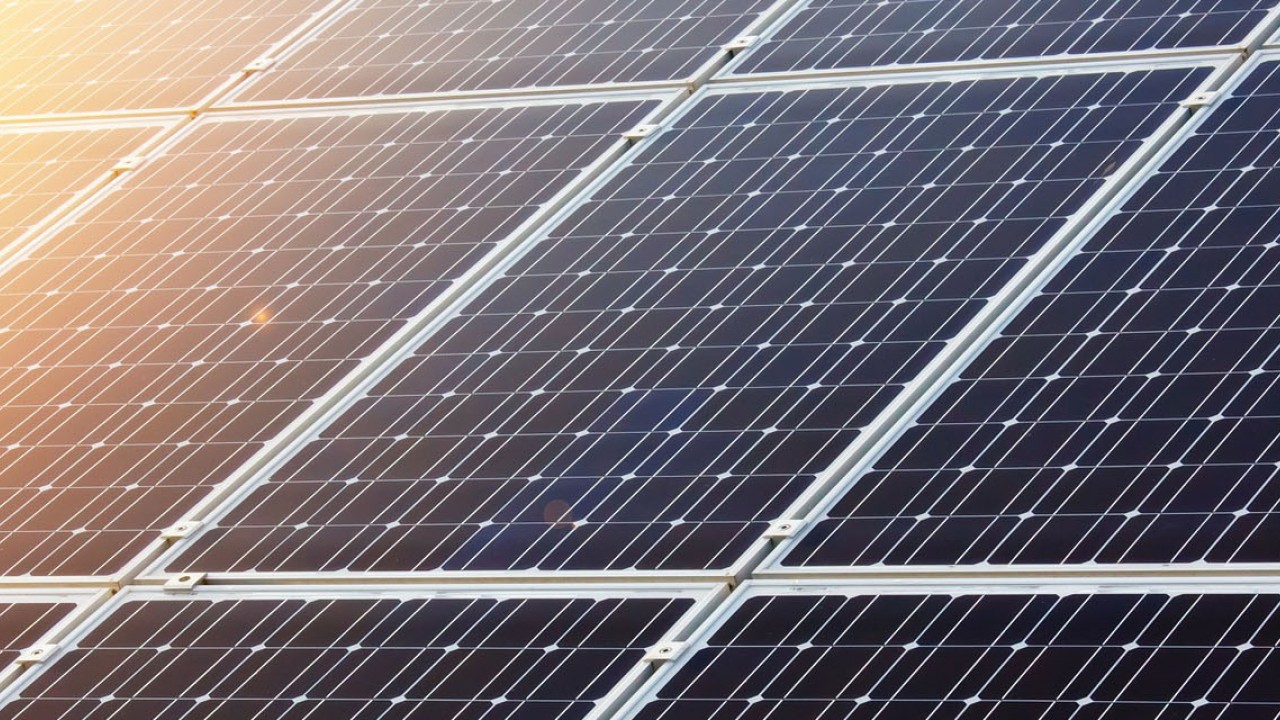Lighting the Path to Renewable Energy

Solar power offers a promising, renewable alternative to fossil fuels. But solar power production is complicated and influenced by ever-changing factors like cloud coverage, the time of day, and even dust particles in the air.
Professor Mahesh Bandi of Okinawa Institute of Science and Technology Graduate University (OIST) has co-developed a novel, standardized way of quantifying and comparing these variations in solar power. His new study, published in Physical Review Applied, may help guide the development and performance of solar photovoltaic farms – systems that harness the sun’s energy and convert it to electricity.
“We currently have no standard to compare solar photovoltaic power fluctuations because they change depending on where they are measured,” said Bandi, who works within OIST’s Nonlinear and Non-equilibrium Physics Unit. “Finding that comparative basis is extremely important.”
In Flux
Scientists use a quantity called the power spectrum to study fluctuations in solar photovoltaic power output – the energy that is generated when sunlight is converted to electricity.
Scientists can use the power spectrum to quantify the magnitude of fluctuations in the power generated by individual solar plants across the planet. However, there is no standard against which to compare these distinct values across plants because the readings vary based on features like cloud coverage and dust in the air. Just as the gold standard was used to value currency in the 19th and 20th centuries, a standard measurement is necessary to meaningfully assess energy production across plants.
To identify such a standard, Bandi and his collaborator, Professor Golan Bel of Ben Gurion University of the Negev in Israel, analyzed the clear-sky index, which quantifies the sun’s energy output as electromagnetic waves, without any interference from clouds or dust.
The researchers’ analysis of clear-sky data from 2009 revealed that this basic solar irradiance followed a pattern that depended on changes in daylight duration from one day to another.

Bandi and Bel concluded that measuring the basic solar radiation at a specific location on Earth forms a reliable standard of comparison for the photovoltaic power spectrum at the same location. This is because, even despite the variability of clouds and other sources of noise, geographic location reliably impacts photovoltaic power production.
Bandi’s next step is to study how sources of noise like passing clouds impacts fluctuations in solar power. Ultimately, he hopes this research can inform engineering and policy to optimize photovoltaic power production.
“We have crossed the first barrier in understanding the character of solar photovoltaic fluctuations by finding this gold standard,” said Bandi. “We now have a ruler to measure with.”
Specialties
Research Unit
For press enquiries:
Press Inquiry Form














